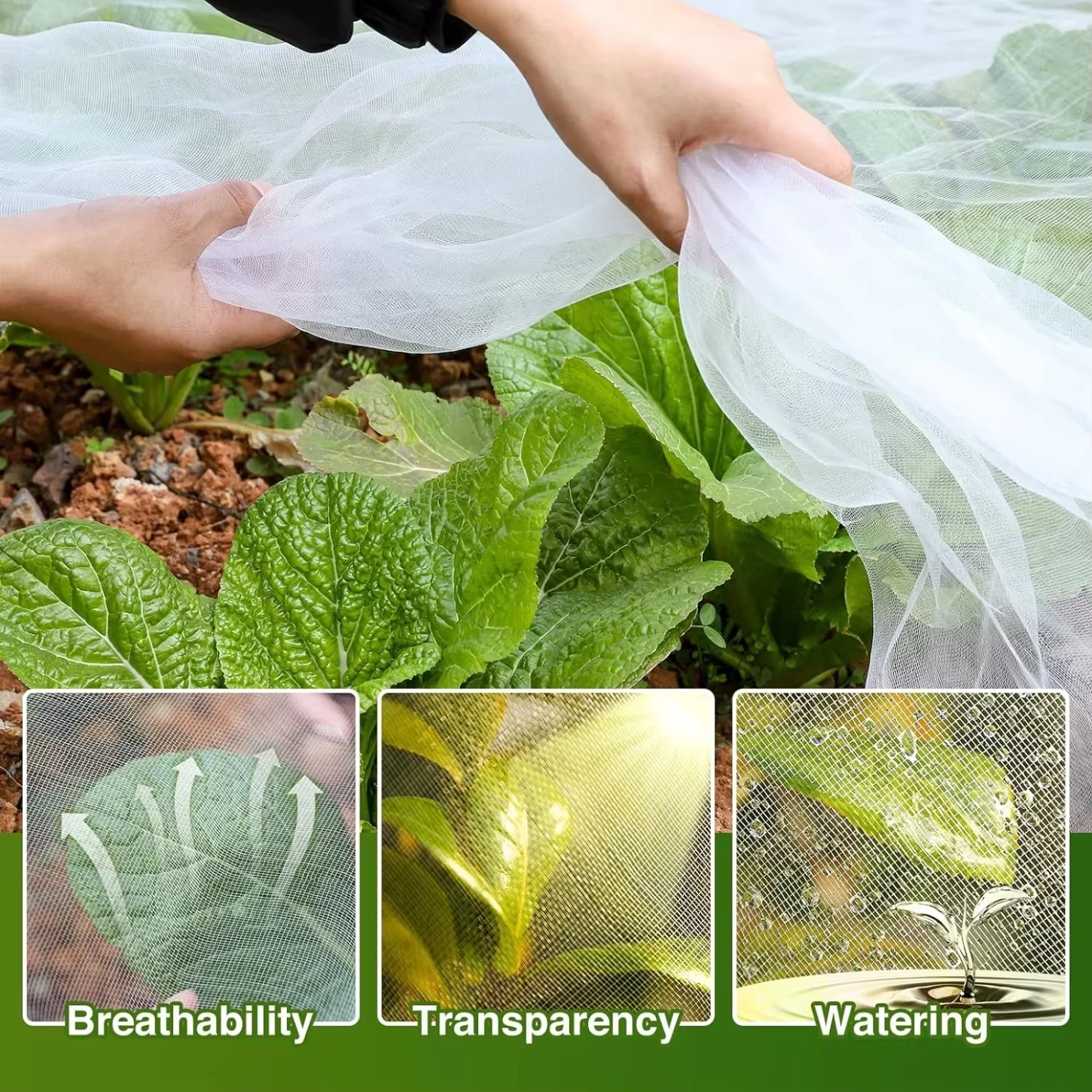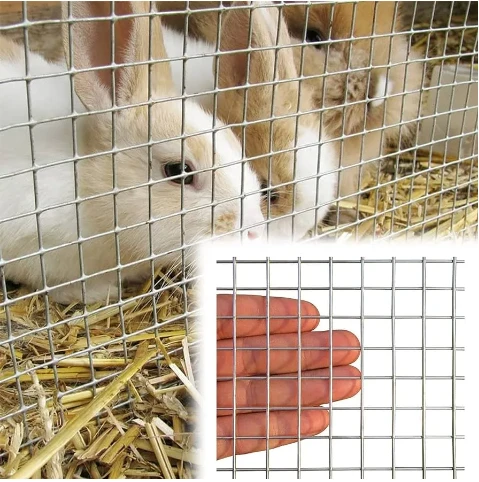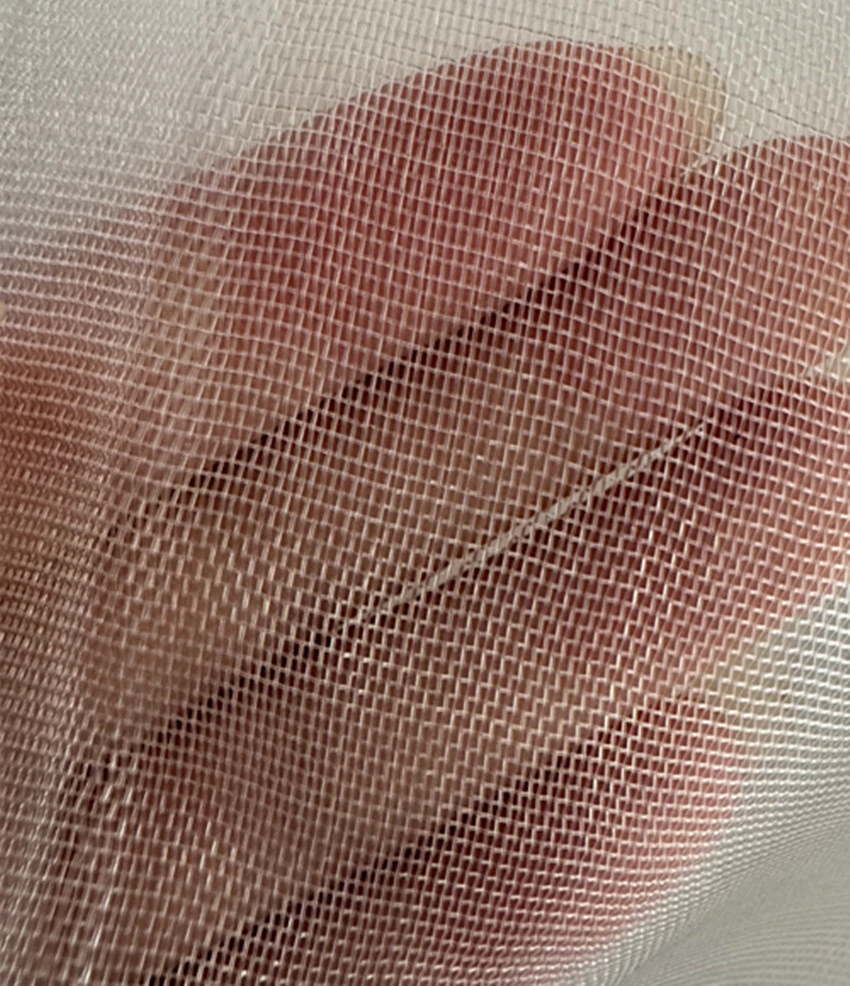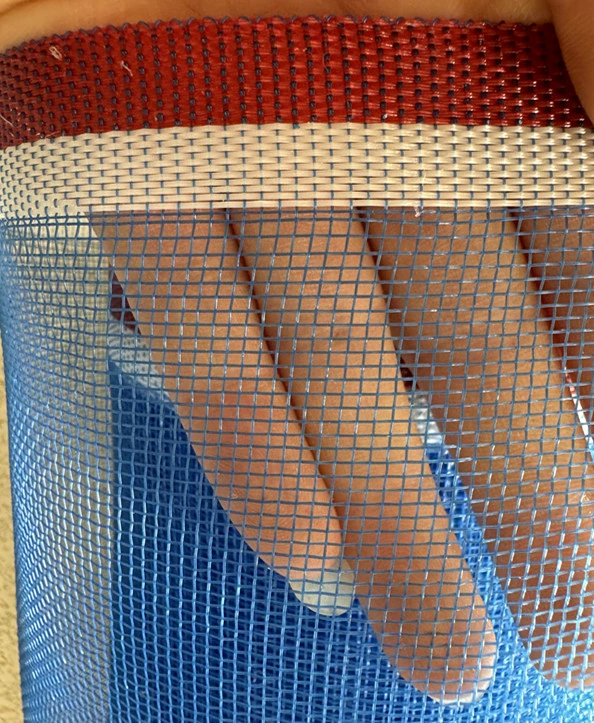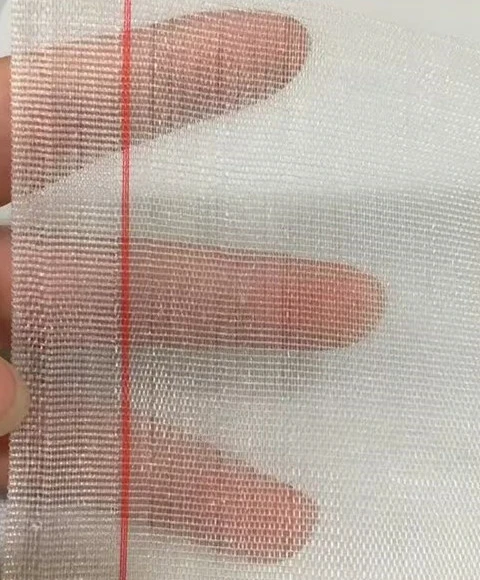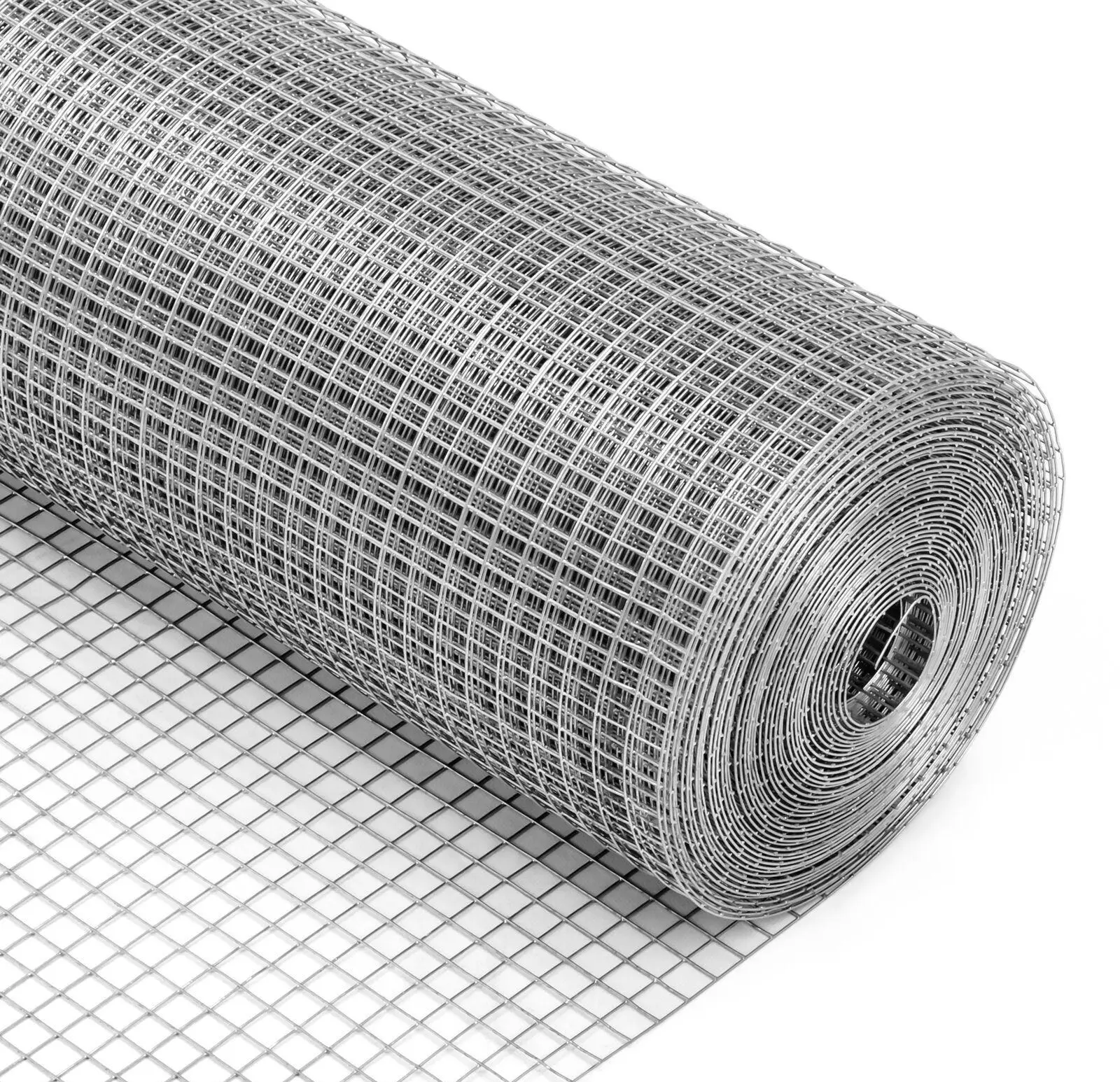-
 umAfrika
umAfrika -
 Isi-Albania
Isi-Albania -
 Isi-Amharic
Isi-Amharic -
 Isi-Arabhu
Isi-Arabhu -
 Isi-Armenian
Isi-Armenian -
 Isi-Azerbaijani
Isi-Azerbaijani -
 Isi-Basque
Isi-Basque -
 IsiBelarusian
IsiBelarusian -
 Isi-Bengali
Isi-Bengali -
 Isi-Bosnia
Isi-Bosnia -
 IsiBulgaria
IsiBulgaria -
 IsiCatalan
IsiCatalan -
 Cebuano
Cebuano -
 China
China -
 IsiCorsican
IsiCorsican -
 IsiCroatia
IsiCroatia -
 IsiCzech
IsiCzech -
 IsiDanish
IsiDanish -
 IsiDashi
IsiDashi -
 IsiNgisi
IsiNgisi -
 Isi-Esperanto
Isi-Esperanto -
 Isi-Estonian
Isi-Estonian -
 IsiFinnish
IsiFinnish -
 IsiFulentshi
IsiFulentshi -
 IsiFrisian
IsiFrisian -
 IsiGalicia
IsiGalicia -
 IsiGeorgia
IsiGeorgia -
 IsiJalimane
IsiJalimane -
 isiGreki
isiGreki -
 IsiGujarati
IsiGujarati -
 IsiCreole saseHaiti
IsiCreole saseHaiti -
 hausa
hausa -
 isi-hawaiian
isi-hawaiian -
 IsiHebheru
IsiHebheru -
 Cha
Cha -
 Miao
Miao -
 IsiHungary
IsiHungary -
 Isi-Icelandic
Isi-Icelandic -
 igbo
igbo -
 Isi-Indonesian
Isi-Indonesian -
 i-irish
i-irish -
 IsiNtaliyane
IsiNtaliyane -
 IsiJapane
IsiJapane -
 Isi-Javanese
Isi-Javanese -
 Isi-Kannada
Isi-Kannada -
 kazakh
kazakh -
 I-Khmer
I-Khmer -
 OwaseRwanda
OwaseRwanda -
 IsiKorea
IsiKorea -
 IsiKurdish
IsiKurdish -
 IsiKyrgyz
IsiKyrgyz -
 I-TB
I-TB -
 IsiLatini
IsiLatini -
 Isi-Latvian
Isi-Latvian -
 IsiLithuanian
IsiLithuanian -
 Isi-Luxembourgish
Isi-Luxembourgish -
 IsiMacedonian
IsiMacedonian -
 UMalgashi
UMalgashi -
 Isi-Malay
Isi-Malay -
 Isi-Malayalam
Isi-Malayalam -
 IsiMaltese
IsiMaltese -
 IsiMaori
IsiMaori -
 IsiMarathi
IsiMarathi -
 IsiMongolia
IsiMongolia -
 eMyanmar
eMyanmar -
 IsiNepali
IsiNepali -
 IsiNorwegian
IsiNorwegian -
 IsiNorwegian
IsiNorwegian -
 Isi-Occitan
Isi-Occitan -
 Isi-Pashto
Isi-Pashto -
 isiPheresiya
isiPheresiya -
 IsiPolish
IsiPolish -
 IsiPutukezi
IsiPutukezi -
 IsiPunjabi
IsiPunjabi -
 IsiRomania
IsiRomania -
 IsiRashiya
IsiRashiya -
 IsiSamoa
IsiSamoa -
 IsiScottish Gaelic
IsiScottish Gaelic -
 IsiSerbia
IsiSerbia -
 IsiNgisi
IsiNgisi -
 IsiShona
IsiShona -
 Sindhi
Sindhi -
 IsiSinhala
IsiSinhala -
 IsiSlovak
IsiSlovak -
 IsiSlovenian
IsiSlovenian -
 eSomalia
eSomalia -
 ISpanishi
ISpanishi -
 IsiSundanese
IsiSundanese -
 IsiSwahili
IsiSwahili -
 IsiSwidi
IsiSwidi -
 IsiTagalog
IsiTagalog -
 Isi-Tajik
Isi-Tajik -
 IsiTamil
IsiTamil -
 IsiTatar
IsiTatar -
 Isi-Telugu
Isi-Telugu -
 IsiThai
IsiThai -
 IsiTurkey
IsiTurkey -
 IsiTurkmen
IsiTurkmen -
 Isi-Ukraine
Isi-Ukraine -
 Isi-Urdu
Isi-Urdu -
 Isi-Uighur
Isi-Uighur -
 Isi-Uzbek
Isi-Uzbek -
 IsiVietnamese
IsiVietnamese -
 Isi-Welsh
Isi-Welsh -
 Usizo
Usizo -
 Isi-Yiddish
Isi-Yiddish -
 IsiYoruba
IsiYoruba -
 Zulu
Zulu
High-Strength Construction Wire Mesh for Structural Integrity and Safety
In modern construction projects, whether for residential, commercial, or industrial buildings, ukwakhiwa wire mesh plays a pivotal role in ensuring structural stability, load distribution, and long-term durability. This versatile material enhances the mechanical strength of concrete and provides a reliable framework for a variety of construction needs.
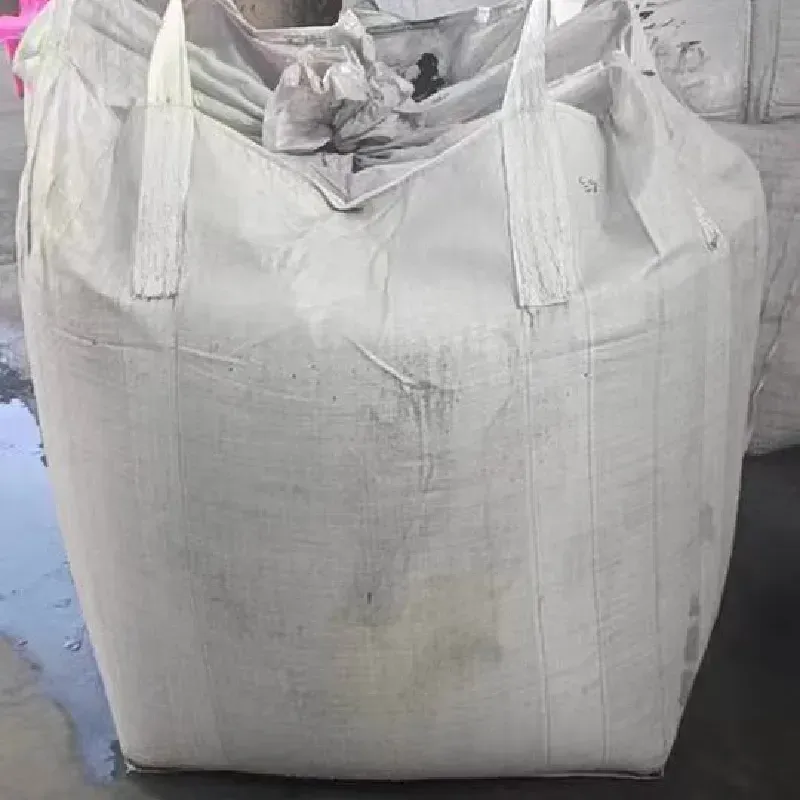
From inkukhu mesh ekwakhiweni used in plaster support to high-tensile construction steel mesh designed for slab reinforcement, wire mesh technology has transformed how buildings are designed, reinforced, and maintained. With decades of engineering advancements, wire mesh ukuze kwakhiwe now offers superior resistance to corrosion, improved bond with concrete, and adaptability across building environments.
Let’s explore how different forms of construction mesh wire contribute to safer, stronger, and more cost-effective construction.
Construction Wire Mesh: A Backbone of Modern Reinforcement Systems
Construction wire mesh is one of the most essential reinforcement materials used in the building sector. Manufactured from carbon steel or stainless steel wires that are welded or woven into square or rectangular grids, it serves as a structural backbone within concrete slabs, columns, walls, and roads.
The mesh configuration enhances concrete bonding by preventing shrinkage and cracking, offering better load distribution and tensile strength. This reinforcement method is particularly crucial in large-scale infrastructure, such as highways, bridges, tunnels, and dams, where structural integrity is non-negotiable.
Moreover, ukwakhiwa wire mesh is pre-fabricated, which significantly reduces labor on-site, ensures dimensional accuracy, and accelerates the overall construction schedule. Whether you’re managing foundation work or slab-on-grade concrete, this reinforcement mesh helps meet both safety and efficiency standards.
Chicken Mesh in Construction: Lightweight, Versatile, and Cost-Effective
Though traditionally associated with agriculture, inkukhu mesh ekwakhiweni has become a staple material for lightweight applications such as plaster reinforcement, wall rendering, and preventing surface cracking. Made from galvanized or stainless steel wires woven into a hexagonal mesh pattern, this mesh is flexible yet strong enough to support structural coatings.
When embedded within plaster, inkukhu mesh ekwakhiweni minimizes shrinkage cracks and improves the adhesion of finishing layers to the base substrate. It’s widely used in residential buildings, especially for masonry walls, ceilings, and curved surfaces where other reinforcement methods may be impractical.
Its lightweight design and ease of installation allow construction workers to shape and secure it around corners, joints, and irregular surfaces. As a result, it ensures smoother finishing and longer lifespan of wall treatments, making it both a practical and economical reinforcement solution.
Construction Mesh Wire: Durable Solutions for Heavy-Duty Building Projects
Construction mesh wire refers to the entire range of wire mesh products designed for use in concrete reinforcement, safety enclosures, and retaining structures. Depending on the application, it can be fabricated using different thicknesses, mesh apertures, and finishes to withstand varying levels of pressure, exposure, and load.
For structural concrete work, welded construction mesh wire is most commonly used. These meshes are manufactured by electronically welding cross wires to create a rigid grid structure that won’t shift during concrete pouring. This not only simplifies site management but also ensures accurate spacing for uniform reinforcement.
In retaining walls, slope stabilization, or floor heating systems, construction mesh wire can be customized in coil or sheet formats to match project demands. Coated with anti-corrosive treatments like epoxy or hot-dip galvanization, it performs well even in humid, coastal, or chemically exposed environments.
Construction Steel Mesh: Engineered for High Performance and Longevity
Construction steel mesh is the go-to material when maximum strength, safety, and resistance are required. Made from high-carbon steel or low-carbon cold-drawn steel, it provides unmatched performance for reinforced concrete applications. Its rigid structure resists compression, tension, and shear stress, which are common challenges in multilevel constructions and high-traffic infrastructures.
What sets construction steel mesh apart is its exceptional bonding ability with concrete. The ribs and deformations on the mesh wire provide mechanical interlocking, ensuring the mesh doesn’t shift during or after concrete curing. This enhances the structural cohesiveness and prevents cracking or deformation under pressure.
Used in industrial floors, bridge decks, parking structures, and precast panels, steel mesh allows for uniform stress distribution and increases the load-bearing capacity of concrete systems. Its long service life and minimal maintenance needs make it a preferred choice for engineers focused on safety, sustainability, and value.
Wire Mesh for Construction: Multi-Purpose Applications from Foundations to Facades
Ukuhlukahluka kwe wire mesh ukuze kwakhiwe makes it suitable for a wide range of building elements beyond concrete reinforcement. It is often used in fencing, scaffolding, façade cladding, and even safety enclosures. The mesh is available in welded, woven, or expanded forms to suit specific functions, aesthetic preferences, and structural requirements.
Expanded metal mesh, for example, offers a cost-effective alternative to solid sheets and is widely used in walkways and platforms for its anti-slip surface. Meanwhile, woven mesh is ideal for filtration systems and ventilation grills in HVAC installations.
Additionally, wire mesh ukuze kwakhiwe improves building safety by preventing debris from falling in high-rise developments and offering fall protection on scaffolds. The adaptability of mesh sizes, material types (galvanized, PVC-coated, stainless steel), and finishes allows it to be tailored for both functional and decorative use in modern architectural design.
Construction Wire Mesh FAQs
What is the primary purpose of using construction wire mesh in concrete?
Construction wire mesh is primarily used to reinforce concrete and prevent cracking due to shrinkage and temperature changes. It distributes loads more evenly across the structure, improving tensile strength and helping concrete maintain its integrity over time. It also speeds up construction as it can be pre-fabricated and installed with less labor.
How is chicken mesh in construction different from standard wire mesh?
Chicken mesh in construction is made from thin-gauge wire in a hexagonal pattern, providing flexibility and ease of shaping for light-duty applications like plastering or stucco. In contrast, standard construction wire mesh is heavier, typically square-patterned, and used for concrete reinforcement or structural support.
Can construction mesh wire be customized for different building needs?
Yes, construction mesh wire can be customized in terms of wire diameter, mesh opening size, sheet size, and finish. This allows it to meet various construction requirements, including foundation reinforcement, slab work, fencing, and formwork. Customization ensures optimal strength and compliance with local building codes.
Is construction steel mesh suitable for outdoor and marine environments?
Absolutely. Construction steel mesh, particularly when galvanized or epoxy-coated, offers excellent corrosion resistance. This makes it suitable for outdoor environments, marine structures, and any location with high moisture, salinity, or chemical exposure. Stainless steel versions provide even greater durability in aggressive environments.
What factors should I consider when choosing wire mesh for construction projects?
When selecting wire mesh ukuze kwakhiwe, consider the application (structural vs. non-structural), mesh size, wire thickness, material type, and required coatings. For high-load or wet environments, opt for galvanized or stainless steel mesh. Also, confirm that the mesh complies with local or international construction standards for safety and durability.
-
Optimal Fish Rearing with Premium Breeding Net SolutionsIzindabaJul.18,2025
-
Ensuring Protection and Efficiency in Construction and StorageIzindabaJul.18,2025
-
Enhancing Crop Protection with High-Quality Agriculture Shade NetsIzindabaJul.18,2025
-
Dunnage Bags and Shipping Plastic Bags for Secure TransportIzindabaJul.18,2025
-
Comprehensive Protection for Construction and InfrastructureIzindabaJul.18,2025




